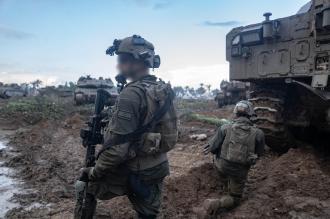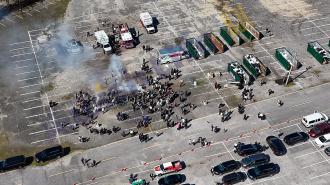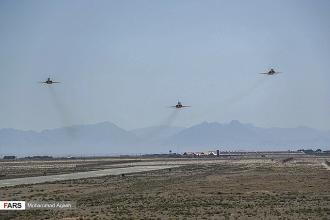The Canada Border Services Agency is reminding residents of the United States that bringing guns over the border is a major no-no unless you have the required permits and store them properly.
The CBSA issued a statement Monday afternoon announcing it is launching “a firearms awareness campaign” to gently remind U.S travellers about Canadian law.
“Canadian laws are different than U.S. ones – as such the CBSA suggests you check before arriving at a Canadian port of entry,” said the release, directly addressing tourists.
“It is strongly recommended that you not carry your firearm when travelling to Canada and/or transiting through Canada to reach another U.S. destination.”
The reminder comes less than ten days after two men from Texas tried to bring hidden guns across the border on separate Canadian vacations.
The retirees from the Dallas area came separately across the border with their wives in St. Stephen, N.B.
There is no indication they knew each other.
The men, both in their 50s, had each denied having any firearms. But follow-up inspections of their vehicles revealed a Bersa Thunder .380 handgun, a Smith and Wesson .38 Special, a 12-gauge shotgun, a Rossi .357 Magnum (in the first vehicle) and a .40 Glock handgun (in the second vehicle), along with some pepper spray and some loose ammunition.
The men were fined $1,700 and $1,000, respectively, and their guns were destroyed. Both were then kicked out of Canada.
“Should you choose to travel with your firearms, you must declare all firearms in your possession at the first Canadian designated port of entry,” Monday’s release read.
“You must also have all the necessary permits and have your firearm appropriately stored.”
Most firearms seized at Canada designated land ports of entry are from American travellers seeking entry to Canada, according to the CBSA.
The number of guns seized at the Canada-U.S. border has increased steadily over the last four years, statistics provided by CBSA show. The count of total firearms seized and the number of total seizures (which can involve multiple firearms) all rose between 2011 and 2016.
-With files from Patrick Cain and the Canadian Press.

















